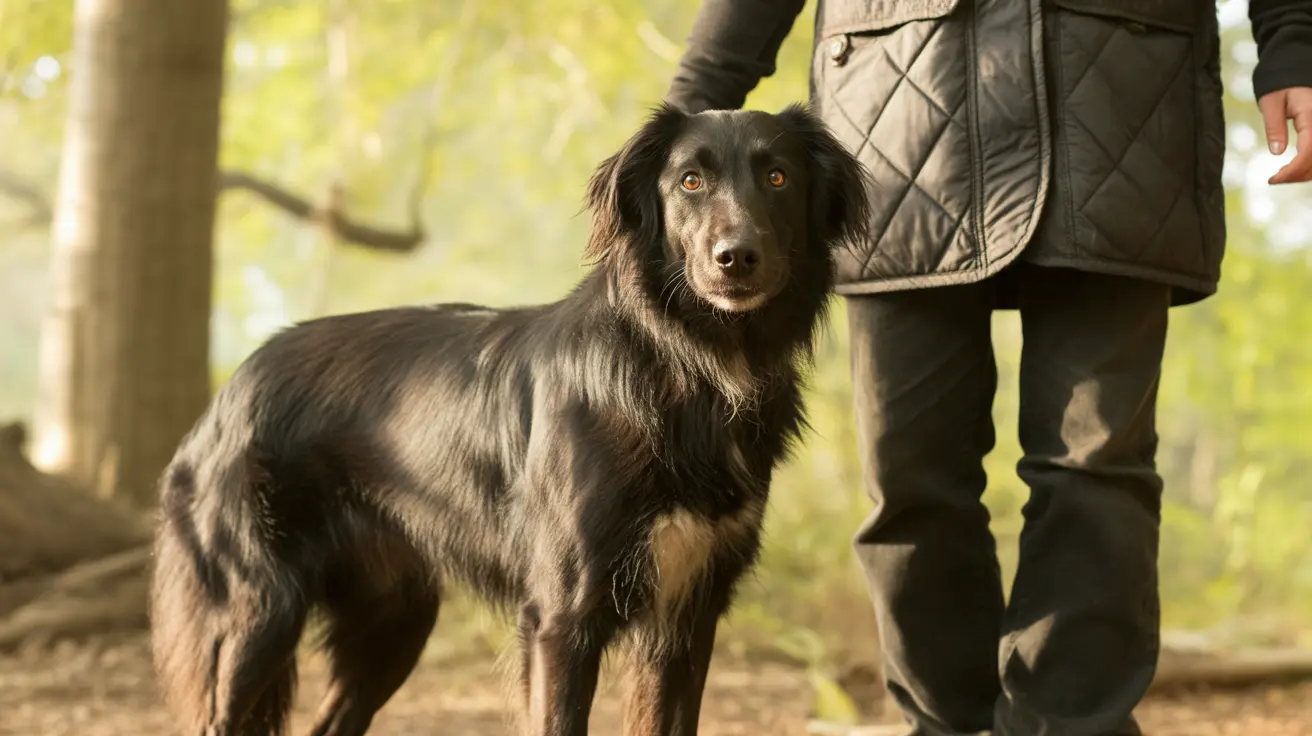Natural Ways to Help Dogs with Interdigital Cysts
Interdigital cysts (also known as interdigital furuncles) are painful lumps that appear between a dog's toes. While they often require veterinary care, there are natural and supportive methods you can use to ease your dog's discomfort and reduce flare-ups. This guide highlights holistic practices that support overall paw health and minimize recurrence.
Understanding Interdigital Cysts
These nodular lesions arise from inflammation and infection of hair follicles between the toes, commonly caused by:
- Short, bristly hairs forced into follicles during movement
- Persistent licking or chewing due to itchiness or stress
- Excessive pressure from abnormal gait, arthritis, or obesity
- Trauma from walking on rough surfaces
- Allergic reactions (both environmental and food-related)
- Parasites such as demodex mites
- Underlying conditions like hypothyroidism or Cushing’s disease
Cysts typically appear on front paws but may affect any foot. Dogs may limp, chew or lick excessively, and show signs of pain. If left untreated, they can rupture and become infected.
Natural Management Options
While natural remedies cannot replace veterinary treatment in moderate to severe cases, they can support healing and prevent recurrence. Here are effective strategies:
1. Maintain Paw Hygiene
- Clean your dog’s paws regularly, especially after outdoor walks
- Use gentle antiseptic wipes or lukewarm water with a mild, dog-safe soap
- Dry paws thoroughly to prevent moisture buildup
2. Epsom Salt Soaks
- Soak affected paws in a solution of warm water and Epsom salts for 5–10 minutes
- This helps reduce swelling and soothe irritation
- Do not use on open wounds without veterinary approval
3. Protective Footwear
- Use dog booties to protect paws from rough, hot, or cold surfaces
- Helps prevent recurrence by minimizing trauma and environmental exposure
4. Paw Balms and Natural Topicals
- Apply natural paw balms with ingredients like calendula, coconut oil, or beeswax
- These balms moisturize skin, prevent cracking, and can have mild anti-inflammatory properties
5. Diet and Weight Control
- Feed a balanced, hypoallergenic diet to reduce food-related inflammation
- Monitor and maintain your dog’s healthy weight to reduce pressure on paws
6. Minimize Allergens and Irritants
- Wipe down your dog's paws after walks to remove allergens (pollens, grass, chemicals)
- Use an air purifier in your home to limit environmental triggers
- Identify allergens through vet-assisted trials or testing
7. Stress Reduction
- Provide mental stimulation and exercise to reduce compulsive licking/chewing
- Calming supplements or pheromone diffusers can help anxious dogs
When to See the Vet
Natural remedies should complement, not replace, medical care. Seek veterinary attention if your dog’s cysts:
- Are bleeding, oozing pus, or smell foul
- Cause significant limping or behavioral changes
- Recur often despite home care
- Don’t improve within a few days of supportive treatment
Veterinarians may recommend topical or oral antibiotics, anti-inflammatory medications, or even surgical options for chronic cases. These treatments target underlying infections and systemic issues that natural methods cannot fully address.
Preventing Future Cysts
Prevention is often the best natural medicine. To reduce risk of recurrence:
- Keep your dog’s feet clean and dry daily
- Trim fur between toes to reduce follicular trauma
- Avoid rough terrain or hot pavement on walks
- Identify and manage any allergies
- Schedule regular check-ups for early detection of issues
Final Thoughts
Interdigital cysts can be painful and frustrating for both pet and owner. Though natural remedies can assist with comfort and help slow recurrence, professional veterinary diagnosis and treatment are usually necessary. A combined approach of supportive home care, preventive strategies, and medical treatment gives dogs the best chance at recovery and ongoing paw health.





